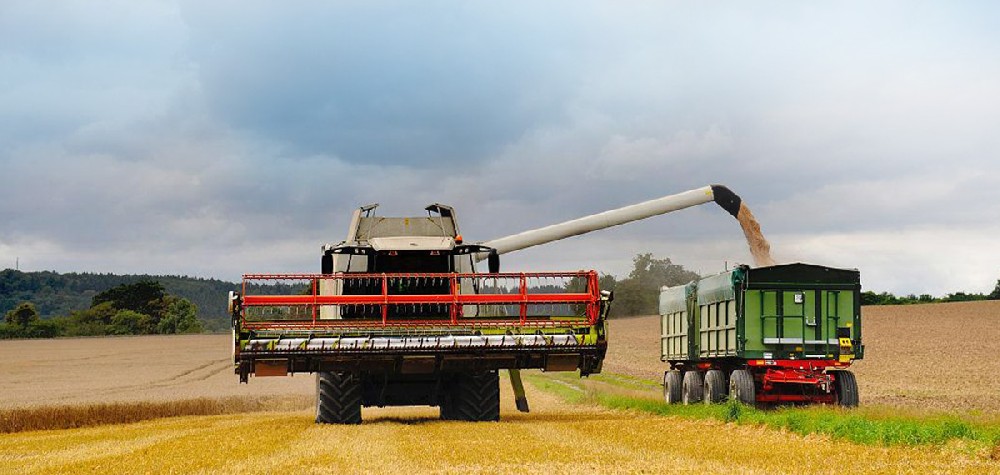Navigation Menu
Contact Us
- Email:
- info@wxavatar.com
- Address:
- Yurong Village, Yuqi Street, Huishan District, Wuxi, China.
Release Date:May 30, 2025 Visit:47 Source:Roll Forming Machine Factory
Introduction to Corrugated Plate Automatic Lines
Corrugated plate automatic lines represent a significant advancement in manufacturing technology for producing corrugated metal sheets used in various industries. These automated systems integrate multiple production stages into a continuous workflow, offering substantial improvements over traditional manual or semi-automatic methods. By optimizing the entire manufacturing process, corrugated plate automatic lines can significantly enhance production speed while maintaining consistent quality standards.

Key Features That Enhance Production Speed
Continuous Operation Capability
Corrugated plate automatic lines are designed for uninterrupted operation, eliminating the need for frequent stops between production stages. The seamless integration of uncoiling, leveling, corrugating, cutting, and stacking processes allows materials to flow continuously through the system. This continuous operation reduces idle time between steps, which is a common bottleneck in non-automated setups.
Synchronized Production Stages
Modern corrugated plate automatic lines feature precisely synchronized components that work in harmony. The synchronization between the feeding mechanism, corrugating rollers, and cutting station ensures smooth material flow without unnecessary pauses. This coordination prevents accumulation or tension issues that could slow down production in less integrated systems.
High-Speed Processing Components
The core components of automatic lines are engineered for rapid operation. High-performance servo motors, precision gears, and durable forming rollers can operate at elevated speeds without compromising the quality of the corrugated plates. These components work together to maximize the throughput of the entire system.
Technological Advancements Boosting Efficiency
Advanced Control Systems
Modern corrugated plate automatic lines incorporate sophisticated programmable logic controllers (PLCs) and human-machine interfaces (HMIs). These systems allow for precise speed adjustments, quick changeovers between different plate specifications, and real-time monitoring of production parameters. The ability to fine-tune and optimize machine settings contributes significantly to maintaining high operational speeds.
Automated Material Handling
Automatic loading and unloading systems reduce the need for manual intervention in material transfer between production stages. Automated stacking and packaging systems at the end of the line ensure finished products are removed efficiently, preventing bottlenecks that could slow down the entire process.
Quick Changeover Mechanisms
Corrugated plate automatic lines often feature tool-less changeover systems or quick-release mechanisms for forming rollers and cutting tools. This allows for faster transitions between different corrugation patterns or plate dimensions, minimizing downtime when switching production specifications.
Operational Benefits That Support Faster Production
Reduced Manual Intervention
By automating most production processes, corrugated plate automatic lines minimize the need for operator involvement in routine operations. This reduction in manual handling not only increases safety but also allows the equipment to operate at its designed speed without being limited by human factors.
Consistent Quality at High Speeds
The precision engineering of automatic lines ensures that increased production speed doesn't come at the expense of product quality. Automated systems maintain consistent corrugation depth, plate flatness, and dimensional accuracy even when operating at maximum rated speeds.
Predictive Maintenance Features
Many modern corrugated plate automatic lines include condition monitoring systems that predict maintenance needs before they cause unplanned downtime. This proactive approach to equipment maintenance helps maintain optimal production speeds by preventing unexpected breakdowns.

Conclusion
Corrugated plate automatic lines offer substantial improvements in production speed through their integrated design, advanced technology, and optimized workflows. By implementing such systems, manufacturers can achieve higher output rates while maintaining product consistency and reducing operational costs. The combination of continuous operation, synchronized components, and automated processes makes these production lines a valuable solution for businesses looking to enhance their manufacturing capabilities in the corrugated plate sector.